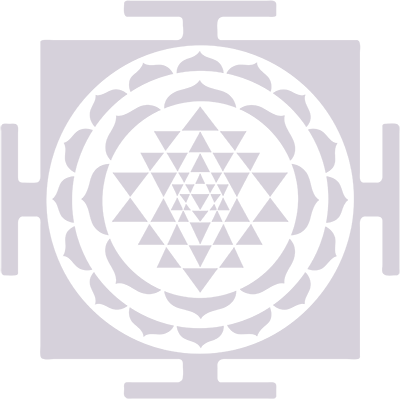Exploring the Power of Nabhi Marma and Yoga:
Harmonizing Through Bhujangasana, Marjaryasana, and Utthita Padmasana
In the ancient science of Ayurveda, the concept of marma points plays a pivotal role in understanding the intricate energy systems within the human body. These vital points, akin to acupressure points in Traditional Chinese Medicine, are considered junctures where prana (life force) converges. Among the 107 marma points, Nabhi Marma holds a central position, both literally and figuratively. Situated around the navel region, Nabhi Marma is a focal point of vital energy, often linked with the solar plexus chakra (Manipura). This marma is instrumental in maintaining the balance and harmony of the body’s physiological and psychological functions.
Integrating the principles of Nabhi Marma into yoga practice can significantly enhance the healing and balancing effects on the body and mind. Yoga postures (asanas) that stimulate and harmonize the Nabhi Marma can help in unlocking and channeling energy flow, fostering physical health, emotional balance, and spiritual growth. Here, we delve into the profound interplay between Nabhi Marma and three yoga postures: Bhujangasana (Cobra Pose), Marjaryasana (Cat Pose), and Utthita Padmasana (Raised Lotus Pose).
Understanding Nabhi Marma
Nabhi Marma, located at the navel, is the epicenter of the body’s digestive fire (Agni) and is intimately connected with the Manipura Chakra. This marma is essential for regulating digestive processes, metabolism, and the distribution of nutrients. It also governs emotional stability, willpower, and self-confidence. Imbalances in Nabhi Marma can lead to digestive disorders, lethargy, emotional instability, and lack of motivation. Therefore, stimulating and balancing Nabhi Marma is crucial for overall health and well-being.
Bhujangasana (Cobra Pose)
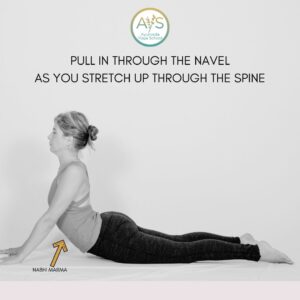
Bhujangasana, or Cobra Pose, is a backbend that directly stimulates Nabhi Marma by stretching and toning the abdominal muscles and enhancing the digestive fire.
How to Perform Bhujangasana:
- Lie prone on the floor with your legs extended and the tops of your feet flat on the ground.
- Place your hands under your shoulders, elbows close to your body.
- Inhale deeply and slowly lift your chest off the floor, using the strength of your back muscles while keeping your pelvis grounded.
- Hold the pose for 30 to 90 seconds, breathing deeply.
- Exhale and gently lower your body back to the floor.
Benefits for Nabhi Marma:
- Stimulates Nabhi Marma by increasing circulation to the abdominal region.
- Enhances digestion and alleviates constipation.
- Strengthens the spine, improves posture, and opens the heart, promoting emotional well-being and self-confidence.
Marjaryasana (Cat Pose)

Marjaryasana, or Cat Pose, is a gentle, flowing movement that massages the abdominal organs and stimulates Nabhi Marma, promoting a balanced digestive system and emotional stability.
How to Perform Marjaryasana:
- Begin on your hands and knees in a tabletop position, with your wrists directly under your shoulders and your knees under your hips.
- Inhale and lift your tailbone and head towards the ceiling, allowing your belly to sink towards the floor (Cow Pose).
- Exhale and arch your spine towards the ceiling, tucking your chin to your chest and pulling your navel towards your spine (Cat Pose).
- Continue to flow between these two positions for 1-2 minutes, synchronizing your breath with the movements.
Benefits for Nabhi Marma:
- Massages the abdominal organs, enhancing digestion and relieving tension.
- Stimulates the flow of prana to Nabhi Marma, promoting emotional balance and reducing stress.
Utthita Padmasana (Raised Lotus Pose)

Utthita Padmasana, or Raised Lotus Pose, is an advanced posture that requires balance, strength, and flexibility. This pose invigorates Nabhi Marma by engaging the core muscles and promoting the upward flow of prana.
How to Perform Utthita Padmasana:
- Sit in Padmasana (Lotus Pose) with your legs crossed and feet resting on the opposite thighs.
- Place your hands on the floor beside your hips, fingers pointing forward.
- Inhale deeply and engage your core muscles to lift your body off the ground, balancing on your hands.
- Hold the pose for as long as comfortable, breathing steadily.
- Exhale and gently lower your body back to the floor.
Benefits for Nabhi Marma:
- Engages and strengthens the core muscles, stimulating Nabhi Marma and enhancing the digestive fire.
- Improves balance, concentration, and mental clarity, fostering a sense of inner strength and stability.
Integrating Nabhi Marma Focused Asanas into Your Practice
To harness the full potential of Nabhi Marma in your yoga practice, consider the following tips:
- Warm-Up: Begin with gentle stretches and breathing exercises to prepare your body for the asanas.
- Mindful Awareness: Focus on the navel region during the poses, visualizing the flow of prana to Nabhi Marma.
- Consistency: Regular practice of these asanas will yield the best results in balancing and harmonizing Nabhi Marma.
- Breath Control: Synchronize your breath with the movements to enhance the flow of prana and stimulate Nabhi Marma.
- Relaxation: Conclude your practice with a period of relaxation in Savasana (Corpse Pose) to integrate the benefits.
Conclusion
Integrating the principles of Nabhi Marma with yoga postures like Bhujangasana, Marjaryasana, and Utthita Padmasana offers a holistic approach to well-being. By stimulating this vital marma point, you can enhance digestion, boost energy levels, and cultivate emotional balance and inner strength. Embrace the wisdom of Ayurveda and the transformative power of yoga to harmonize your body, mind, and spirit through the dynamic interplay of Nabhi Marma and asanas.
This is one of many ways that marma and yoga merge to offer a complete healing inner medicine.
Want to learn more? Join us for the upcoming Yoga + Marma Intensive Weekend in ABQ and enjoy four days of deep learning. LEARN MORE HERE



